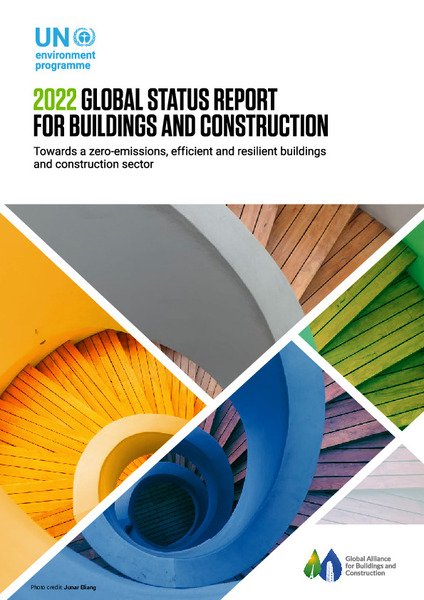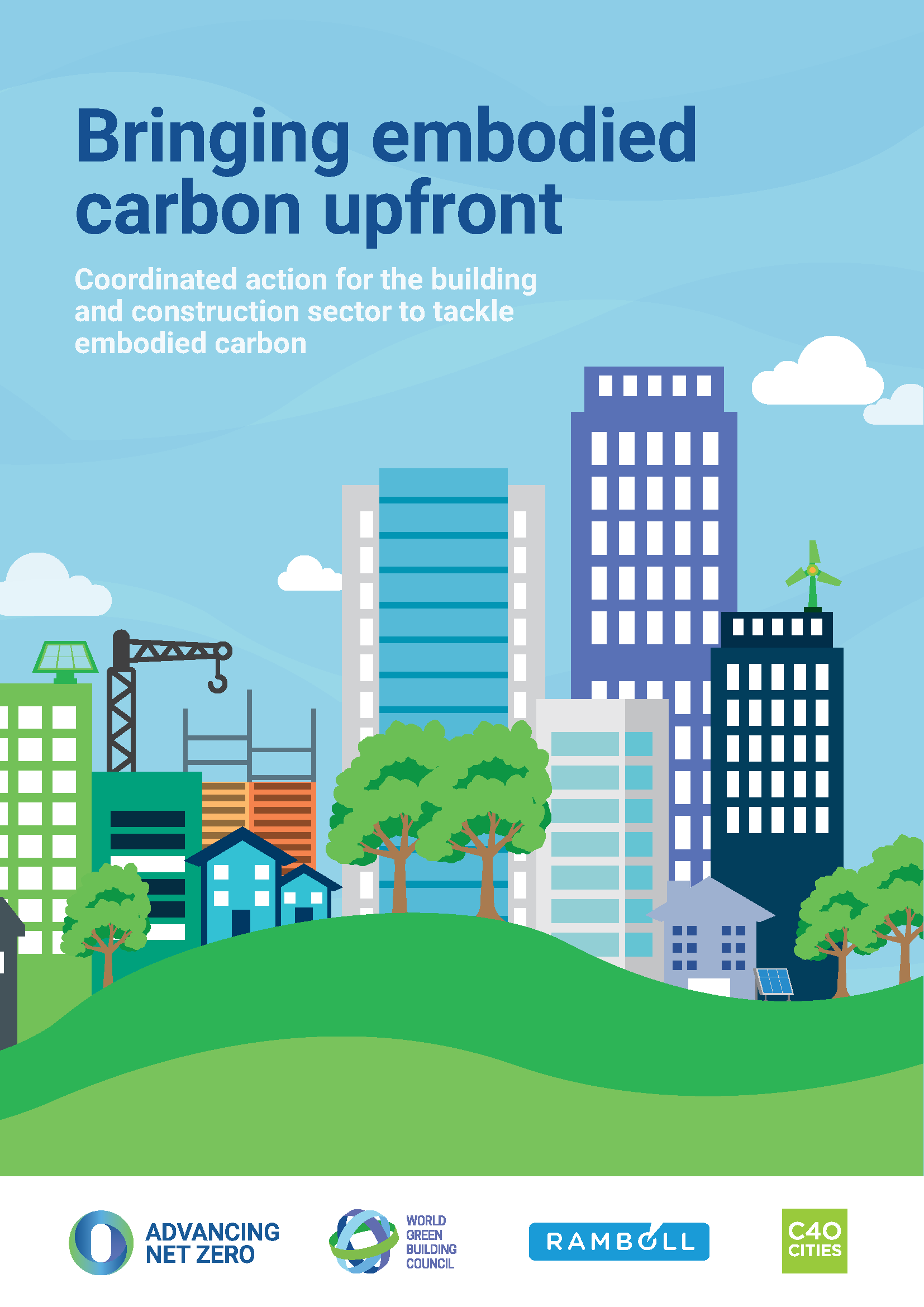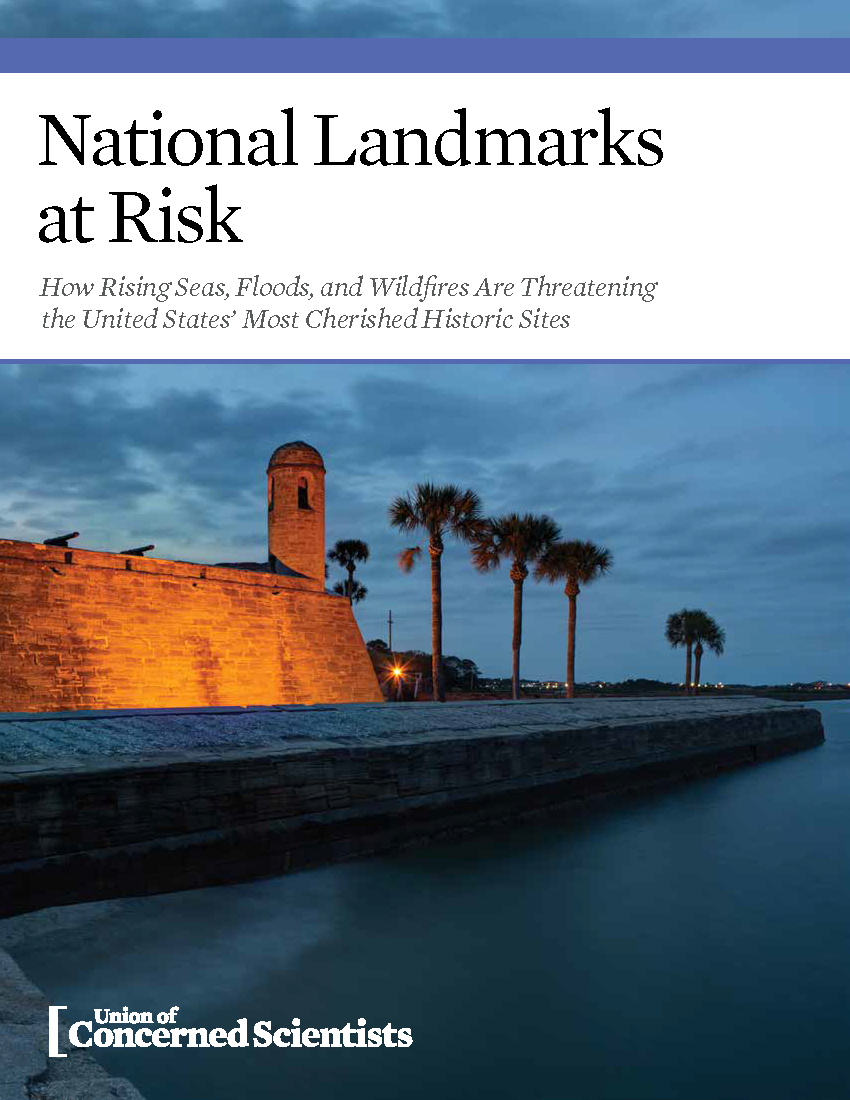A classic visual created by the National Trust for Historic Preservation for the 1980 Preservation Week. The illustration turns a historic building into a gas canister as a way of visualizing the embodied energy of existing buildings. “It takes energy to construct a new building. It saves energy to preserve an old one.”
Preservation is climate action.
In thinking about preservation through the lens of climate action, there are two distinct goals:
Reuse as much of our built environment as possible to mitigate the negative environmental impacts of demolition and new construction, while incorporating sustainability upgrades.
Prepare our historic resources for future negative effects caused by climate change, including increased flooding, coastal erosion, and more volatile and extreme weather. For more on resiliency and disaster planning, you can find those resources right here.
As Carl Elefante famously said back in 2007, the “greenest building is the one that’s already built.” To take that a step further, we need to recognize that historic buildings need to be made more sustainable as well. The data is clear that when retrofitted, existing buildings are more sustainable than new construction. Preserving our built environment and giving these buildings second lives as sustainable spaces that serve their communities is a tangible way to support the goal of “net zero by 2050,” as outlined by the UN’s Net Zero Coalition.
To keep global warming to no more than 1.5°C – as called for in the Paris Agreement – emissions need to be reduced by 45% by 2030 and reach net zero by 2050.
We’ve gathered resources here to help communicate how preservation and sustainability go hand-in-hand. Is something missing? Please get in touch!
Tools & Resources
The CARE Tool, Carbon Avoided: Retrofit Estimator, allows users to compare the total carbon impacts of renovating an existing building vs. replacing it with a new one.
OSCAR, the Online Sustainable Conservation Assistance Resource, is an initiative of the Association for Preservation Technology and its Technical Committee on Sustainable Preservation. Explore, identify, and incorporate appropriate interventions to improve the carbon footprint of your existing building.
Repair, don’t replace, wood windows! From the Craftsman Blog: Are Historic Windows Energy Efficient? (tl;dr the answer is yes) + DIY Window Restoration
AIA+2030 Online Series Certificate Program: This series will inspire architects to meet the 2030 goals through design strategies, efficient technologies and systems, and renewable energy resources.
Reports
Videos & Webinars
Graphs from Architecture 2030’s CARE Tool showing: 1. Total Added Embodied & Operational Emissions Over 15 Years for existing buildings with no upgrades, existing buildings with retrofits, and new construction. 2. Cumulative Emissions Over Time for the same. The bottom graph shows that even after 20 years, a new construction is unlikely to have overcome its initial carbon output. Data suggests that it would take anywhere from 10-80 years for a new construction to overcome the negative climate change impacts from its construction (for example, see Table 12 in The Greenest Building report).
Coalitions and Organizations
Architecture 2030’s mission is to rapidly transform the built environment from the major contributor of greenhouse gas emissions to a central solution to the climate crisis.
The National Park Service has a wealth of information related to sustainability resources.
CR0WD (Circularity, Reuse, and Zero Waste Development) is a collaborative network of community leaders and academics working to address the vast system of building material waste within New York State.
Zero Net Carbon Collaboration for Existing and Historic Buildings aims to rapidly accelerate achievement of ZNC for the existing and historic built environment, accounting for both embodied and operational emissions.
Climate Heritage Network is empowering people to imagine and realize low carbon, just, climate resilient futures through culture – from arts to heritage.
The National Trust for Historic Preservation and National Preservation Partners Network organize a Preservation Priorities Task Force focused on sustainability and climate action. The Trust has also identified Climate Resilience as one of its core goals.
The Association for Preservation Technology Technical Committee on Sustainable Preservation (TC-SP) recognizes the imperative for leadership through preservation to address the causes and effects of the climate crisis.
The National Institute of Building Sciences developed the Whole Building Design Guide to foster communication and knowledge-sharing among federal, industry and academic partners to advance high-performing facilities, including a subcomittee on Historic Preservation.
The Advisory Committee on Historic Preservation promotes sustainable and resilient communities where historic properties are used as assets for promoting energy efficiency and community livability, and are prepared for climate impacts.
Main Street America has launched the National Park Service Main Street Community Disaster Preparedness and Resilience Program.
Build Reuse empowers communities to turn construction and demolition waste into local resources.















